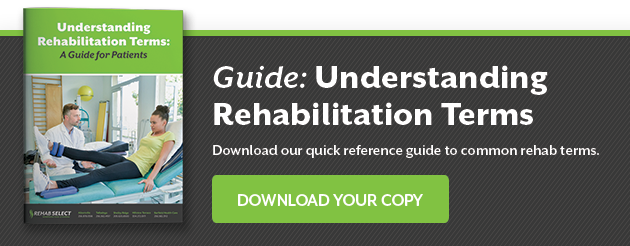 More than 1.3 million people suffer from rheumatoid arthritis. According to the Arthritis Foundation, the disease is normally focused on 30 - to 60 year-olds, but as many as 300,000 children are diagnosed with a juvenile strain of the condition. Rheumatoid arthritis is incurable, so the aim of treatment is to reduce pain and slow its progression.
More than 1.3 million people suffer from rheumatoid arthritis. According to the Arthritis Foundation, the disease is normally focused on 30 - to 60 year-olds, but as many as 300,000 children are diagnosed with a juvenile strain of the condition. Rheumatoid arthritis is incurable, so the aim of treatment is to reduce pain and slow its progression.
There are aggressive therapies that can be employed to treat the disease. Here is more about the condition and some of therapies that can help.
Joint swelling and mirrored pain
Rheumatoid arthritis (RA) is an autoimmune disease that causes the joints to swell. This inflammation is triggered by an immune response that directs antibodies to attack the healthy tissue surrounding the joints. The result is fluid retention in the aggravated joints and pain that spreads far beyond the affected area. People with the condition often feel pain on both sides of the body; the disease is symmetrical. This means that if the pain is in the left ankle joint, it will also affect the right ankle joint.
Although it is a chronic illness, the swelling (also called flare-ups) comes and goes. It may last for a few weeks before subsiding and then coming back again. According to the Arthritis Foundation, some people may have long flare-ups or multiple flare-ups, while others enjoy long periods without any at all. Some people may not even have symptoms of the disease, while evidence of its presence exists.
Some of the most common symptoms of RA are:
- Warm joints
- Swollen joints
- Joint stiffness
- Difficulty moving the affected limb
- Bumps or lumps under the skin of the affected area
- Weight loss
- Pain
- Fatigue
According to the Mayo Clinic, RA normally affects the smaller joints first, then spreads to larger joints as the disease progresses. No one is quite sure why the immune system in RA patients mistakes healthy joint tissue as a foreign body, so for now, it remains incurable.
How Aggressive Therapy Helps
Aggressive therapy is the culmination of multiple treatments and disciplines used to obtain fast recovery. This form of treatment is usually helpful in diseases that cause a great deal of pain and for those that cause multiple complications. In the case of rheumatoid arthritis, aggressive therapy is aimed at reducing pain and slowing the progression of the disease.
Aggressive therapy for RA will almost always include the following three elements:
- Medicine - usually NSAIDs (nonsteroidal anti-inflammatory drugs) or corticosteroids to reduce pain and swelling and a DMARD (disease-modifying antirheumatic drug).
- Exercise/physical therapy
- Occupational therapy
Medicines
The mixture of NSAIDS, DMARDS and a third medication called a biological agent, has been shown to be the most effective combination for treating RA. According to medical experts at Healthline Plus, DMARDS prevent joint damage, NSAIDS treat pain and inflammation and biologics block the TNF (tumor necrosis factor) that triggers inflammation. Since the disease differs in each individual, medication, dosing and duration will vary.
Exercise/Physical Therapy
The goal of physical therapy is to help get the patient moving. The more a patient moves, the more the inflammation is reduced, resulting in less pain. In addition, regular movement boosts a patient’s energy; for RA patients on medications, fatigue is often a side effect. According to WebMD, aerobic exercise and heat therapy can improve symptoms dramatically. However, it is advisable to work with a professional who has expertise in RA physical therapy.
Occupational Therapy
Occupational therapy helps improve the patient’s participation in meaningful activities. The pain of RA can stop a person right in their tracks and discourage them from trying to perform even the smallest of tasks. Occupational therapy (OT) is designed to teach the patient therapeutic activities, exercises, inflammation-discouraging techniques and physical agent modalities that will help the patient live, work and play with less pain and stress.
While one treatment is sufficient for pain management, the culmination of all three can be extremely helpful in pain prevention and tolerance. By choosing aggressive therapy, one can maintain a normal lifestyle longer and with fewer complications.





